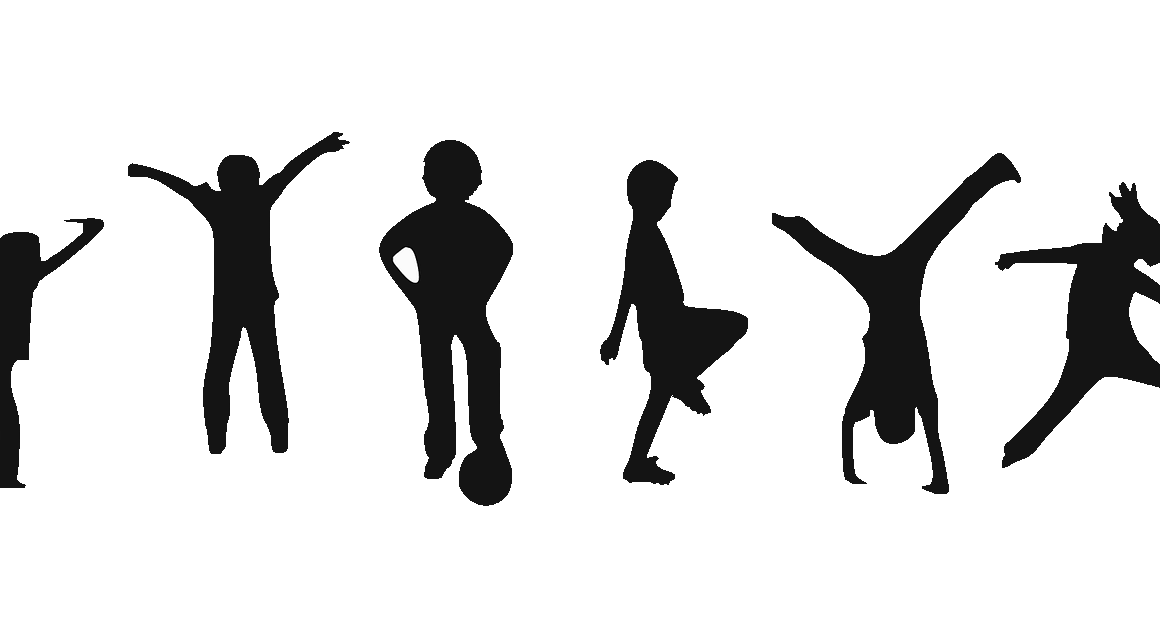Understanding Gender Differences in Children’s Gymnastics Training
Gymnastics is a sport that has captured the attention of children all over the world, blending strength, flexibility, and artistic expression. However, it is crucial to recognize and understand gender differences in how children approach gymnastics training. Boys and girls may exhibit distinct preferences in technique, motivation, and learning styles. Boys may lean towards dynamic, strength-oriented routines, while girls often favor grace and flexibility. These unique aspects necessitate tailored training programs to cater effectively to each gender’s strengths. Moreover, social and cultural influences can shape children’s behaviors in gymnastics. Parents and coaches play a crucial role in encouraging participation and fostering a positive environment. Children should feel empowered to explore their individual potential and interests. As they develop, the focus on creating an inclusive atmosphere is essential, where both genders feel valued and supported. Overall, understanding these differences can lead to more effective coaching techniques that resonate well with young gymnasts. This can enhance not only their skills but also their overall enjoyment and confidence in the sport.
Recognizing motivations is pivotal in designing gymnastics training. For boys, competition might ignite their passion, fueling a drive to outperform peers. Many might find camaraderie in group sessions, seeking validation through team performance. In contrast, girls might be more inclined towards personal expression, using gymnastics to communicate emotions or narratives. The training environment thus must blend competitive elements for boys while nurturing the creative aspects for girls. Tailoring routines that allow for individual expression, especially for girls, can stimulate their engagement and long-term commitment to the sport. Encouragement from coaches is vital, as they need to understand these intrinsic motivations and cater to them effectively. Furthermore, the types of exercises can vary; playing up dynamic movements, like flips and jumps, might appeal to boys, while balance beams and dance-related exercises attract girls. This nuanced understanding can guide gymnasts in finding their niche within the discipline. Ultimately, acknowledging these motivations helps create more personalized training approaches, fostering enjoyment and growth. This results in a more inclusive gym environment, where each child gets an equal opportunity to thrive in gymnastics.
Training Methods Tailored to Gender
When it comes to gymnastics training methods, gender can significantly influence how young gymnasts learn and perform. Research indicates that boys typically respond better to physical challenges that test strength and agility, while girls excel in mastering the technicalities and balance required in the sport. Coaches should therefore implement diverse training strategies that reflect these tendencies. For instance, training sessions for boys might prioritize high-energy activities that involve jumps and strength drills, fostering their natural inclinations. On the other hand, girls might benefit from practices concentrated on flexibility and form, which can help them refine their techniques. This dual approach ensures that training remains engaging and relevant to all participants. Furthermore, introducing mixed-gender training sessions can create opportunities for camaraderie and boost learning through peer interaction. Incorporating partner work can also allow gymnasts to learn from one another, leveraging their diverse skills. By adapting training methods to reflect these inherent differences, gymnastics programs can foster an environment that celebrates every child’s abilities, subsequently enhancing their development.
The psychological aspect of drama in gymnastics cannot be overlooked, especially during training. Children’s emotional states and self-esteem levels significantly impact their performance, influencing their willingness to take risks and explore complex movements. While boys might exhibit a robust fearlessness toward new challenges, girls might show more apprehension or need for encouragement. Understanding these psychological disparities allows coaches to create tailored motivational strategies. Utilizing positive reinforcement techniques can help bridge emotional barriers, helping both genders find confidence in their abilities. Additionally, instilling an early understanding of failure as a stepping stone to success can reshape how each child sees challenges. Encouraging a mindset that values effort over outcome can substantially improve enjoyment and resilience in gymnastics. Coaches should create opportunities for children to celebrate small wins, which helps to foster resilience. Building a supportive network within training groups also encourages healthy competition, promoting camaraderie rather than rivalry. The emotional development that occurs in training can be just as important as physical growth, contributing to overall well-rounded athletes who find joy in gymnastics.
Long-Term Benefits of Gender-Inclusive Training
Adopting gender-inclusive training methods in children’s gymnastics can lead to long-lasting benefits that extend beyond the gym. Encouraging both genders to participate equally fosters mutual respect, collaboration, and a deeper understanding of each other’s abilities and challenges. This atmosphere can enhance teamwork skills and emotional intelligence, which are crucial for personal development. Children trained in such environments are more likely to carry these valuable skills into other areas of their lives, including school and friendships. It promotes a culture where diversity is celebrated, and skills are valued over gender. Moreover, a comprehensive understanding of gender differences can drive lifelong interest in sports and fitness. As children become more engaged and develop their skills without bias, they may be more willing to pursue gymnastics or other physical activities and sports later in life. A well-rounded childhood experience prepares them not only as athletes but also as individuals capable of contributing to a more inclusive society. Ultimately, gymnastics can serve as a powerful platform for instilling these essential life lessons and capabilities.
To reinforce gender-inclusive training, collaboration among parents, coaches, and gymnasts is essential. Creating systems of communication among these stakeholders ensures that everyone is aligned on the training goals and philosophies. Workshops and educational sessions that focus on gender differences and the importance of inclusivity can benefit all involved. Additionally, parents can foster discussions around respecting differences in skill sets, encouraging their children to appreciate their peers’ strengths, regardless of gender. Coaches should lead by example, striving to integrate these principles into their training sessions. Celebrating individual success stories can motivate both boys and girls to enhance their skills while recognizing the diversity within their cohort. Recognizing and rewarding progress based on personal growth fosters a positive environment. This approach helps reinforce the ideals of teamwork, compassion, and respect for every child’s unique journey in gymnastics. By cultivating a supportive culture, all children can thrive regardless of gender and attain a gratifying experience in gymnastics. The community created will enrich their development, empowering young gymnasts to achieve their full potential.
Conclusion: Embracing Diversity in Gymnastics Training
In conclusion, understanding gender differences in children’s gymnastics training is crucial for fostering an enriching environment. Coaches and parents should aim to be mindful of the distinctions in interests, motivations, and psychological development between boys and girls. Tailoring training methods and cultivating emotional support can lead to enhanced self-esteem and skills among all young gymnasts. Embracing diversity in training will not only enhance individual performance but also encourage a spirit of teamwork and mutual respect. As we move forward in creating more inclusive programs, it’s essential to highlight the unique contributions of every child, regardless of gender. Promoting a balanced approach encourages lifelong interest in fitness and gymnastics. Building awareness around gender differences can provide opportunities for all children to excel in whatever skills they pursue. The ultimate goal is to ensure that each gymnast finds joy and fulfillment in their training experience, contributing to their overall well-being. Through a collective effort in gymnastics training, we can positively shape the next generation of athletes, instilling in them values that transcend the sport itself.
Eventually, compelling research reveals a strong correlation between gender-inclusive training methods and enhanced overall performance in young athletes. By understanding how boys and girls differ in their responses to training, coaches can implement strategies that cater to their specific needs. This entails establishing an environment that encourages healthy competition where both genders can excel without feeling pressured. Teams that prioritize inclusivity often see improved morale, as all gymnasts feel appreciated for their contributions. Creating a diverse training ground encourages openness, empathy, and teamwork among gymnasts. As young athletes cultivate these attributes, they’re also better equipped to cope with the pressures of competitive environments. The life skills acquired through gymnastics, including discipline, focus, and determination, are invaluable and prepare children for various life challenges. Optimizing training methods helps nurture both physical and emotional health by ensuring that every gymnast participates in a constructive and positive manner. As societal norms evolve, fostering a culture that respects and honors differences will be a cornerstone in shaping future generations in gymnastics. The legacy of inclusive training extends far beyond the awards and medals, fostering values that champion cooperation and camaraderie in sports.


